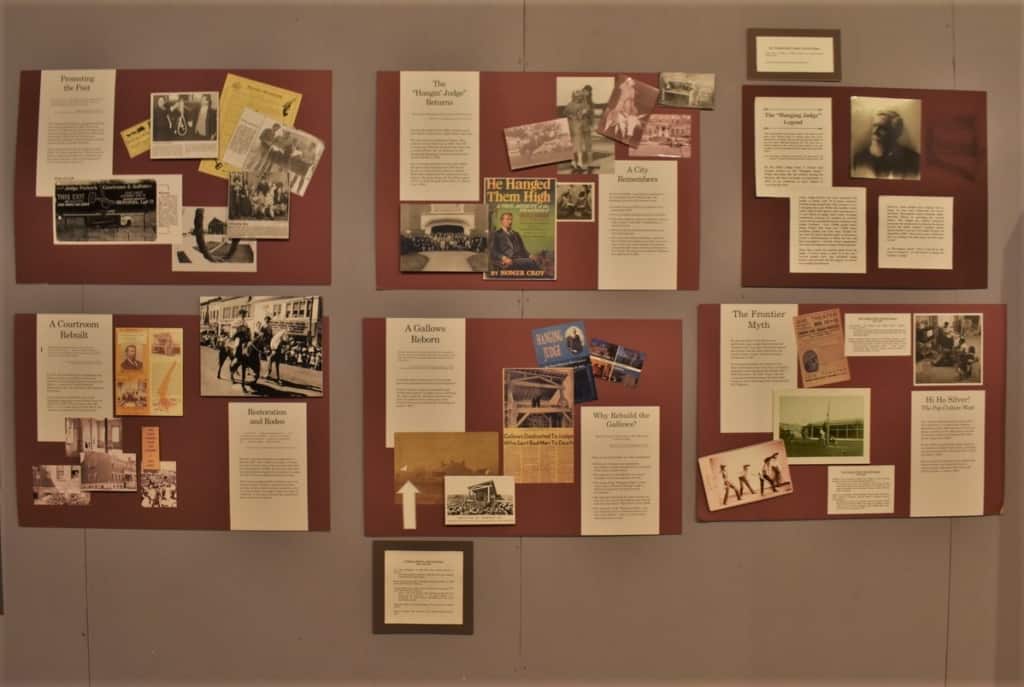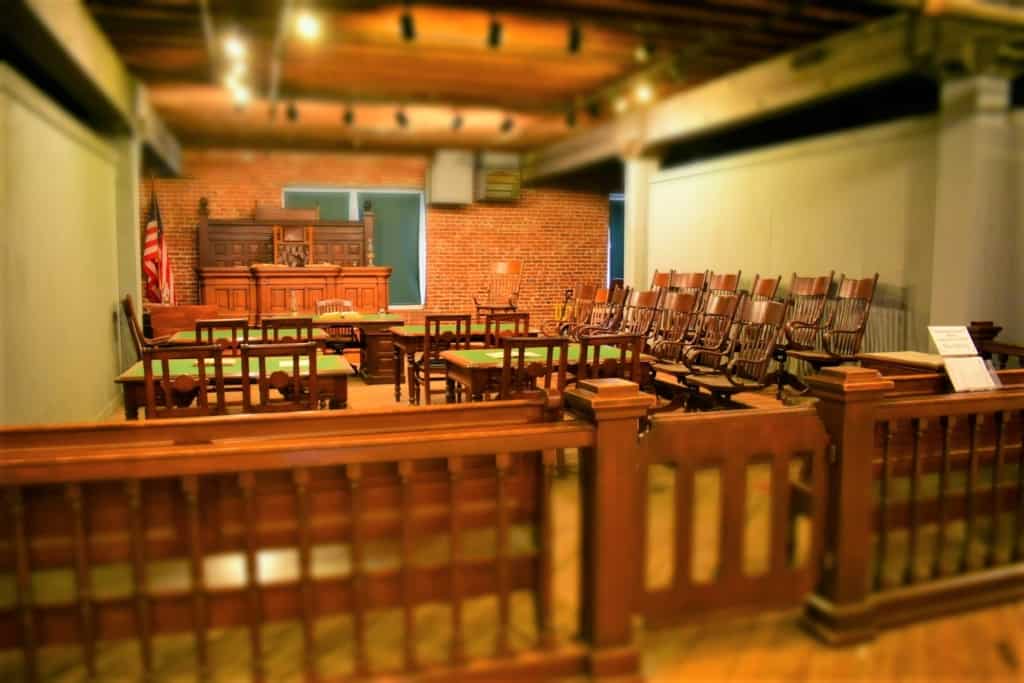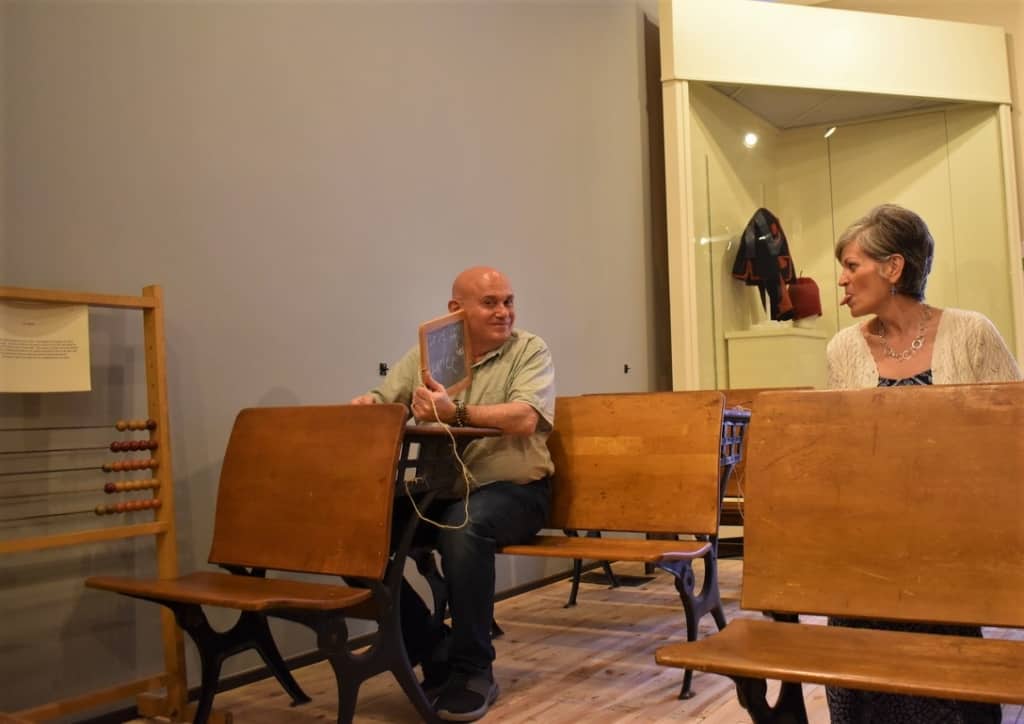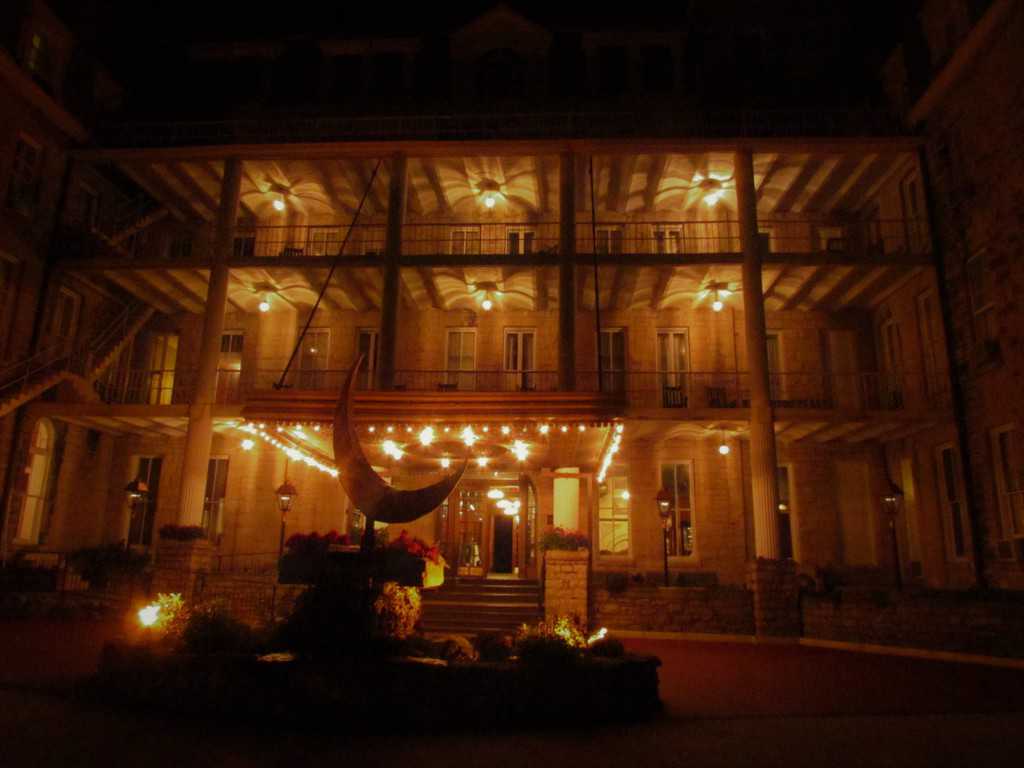The story of Fort Smith begins with the Louisiana Purchase. Before this, the lands along the Arkansas River were used by nomadic Native Indians. A military post, erected in 1817, signaled the beginning of the town, which sprung up along the eastern shores of the river. The fort, and subsequent city, were named after Thomas Adams Smith, a brigadier general in the War of 1812. Since we were about to embark on the exploration of the city, we felt it was wise to get some historical context. A stop at the Fort Smith Museum of History would help. While the city is filled with many stories, we focused on 3 history lessons we learned during our visit.
We want to thank Experience Fort Smith and the Fort Smith Museum of History for hosting our visit. Rest assured all opinions are our own.

An Uncivil War
Fort Smith served the role of a staging zone, during the Civil War. On the western front, many of the fights and skirmishes were in guerilla form. Far to the east, large companies squared off in massive battles, which accounted for an ever-growing number of fatalities. Closer to the open frontier, populations were thinner and often separated by many miles. It made it easier for roving groups of soldiers to move unheeded between destinations. There was still a need to gather supplies for these excursions and Fort Smith’s location along the Arkansas River made it a valuable asset. Less than two weeks after the war’s beginning shots were fired at Fort Sumter, and the Union presence at Fort Smith evacuated their stronghold. It only took hours for this void to be filled by the state militia. When Arkansas officially joined the Confederacy, a month later, the fort became a post to drill new troops.

Guerilla Warfare
The first of our 3 history lessons would revolve around why guerilla warfare was so prevalent on the western edge. I had always assumed the main driver was to claim lands for their respective side. While this was certainly part of the plan, the Confederacy had an underlying reason. By stirring up concerns in the Union leadership, it would potentially require the redeployment of troops from the east. This would help the Confederacy by balancing the number of troops available to each side in the eastern theater. Guerilla attacks also helped limit exposure to lengthy fights, which usually resulted in a higher number of fatalities. Even skirmishes, like the Battle of Massard Prairie, were about more than retrieving some needed supplies from Union forces. This fight was designed to draw troops out from the cover of Fort Smith and leave the complex underdefended.

Wild West Notoriety
The end of the Civil War signaled an end to the need for a western frontier fort. The city was growing and the river steamboats brought a steady flow of travelers through this town. Across the river, in Indian Territory, things were continuing to degrade for the Native Indian tribes. The U.S. Government had taken the approach that all of the 15 Indian nations were defeated enemies, even though some had fought on the Union’s side. This created an atmosphere where cooperation with the government was waning. The lands west of the river became a place for renegades and desperadoes to escape justice from the law. With an aura of corruption in the Fort Smith judicial system, change was brewing like a summer storm.

The Hanging Judge?
The second of our 3 history lessons revolved around Judge Isaac Parker. We had an inkling of this famous character from the American West. Movies like True Grit and Hang ‘Em High are loosely based on the staggering responsibility laid upon the district judge for this territory. After his appointment by President Grant, Judge Parker set about repairing a broken system. In May 1875, he held his first court session, which resulted in eight death sentences. This mass hanging drew reporters from all across the nation, and it is estimated there were 5000 people in attendance. It didn’t take long for the moniker of “The Hanging Judge” to become associated with Parker. While Parker disdained the death penalty, he felt compelled to carry out the decisions of the jury. During his time as a judge in Fort Smith, he would sit on over 12,000 cases that saw some of the worst horse and cattle thieves, whiskey peddlers, and bandits.

Order in the Court
While the hangings were sensationalized, a deeper inspection reveals that Judge Parker was extremely fair. Over his extensive tenure as a district judge, he would sentence less than 100 to hang. His true sympathy fell on the victims of the crimes and he was a pioneer in the need for victims’ rights. While this compassion seems unusual for someone with such a strict approach, earlier actions in his life hinted at his true life philosophy. Before arriving in Fort Smith, Parker had served in Congress. During this period he worked to secure pensions for veterans and sponsored a bill to allow women to hold public office. While this bill failed, it does offer a glimpse of his core beliefs.

Darby’s Rangers
Moving further into the Fort Smith Museum of History, we found ourselves in a gallery dedicated to a local hero. The third of our 3 history lessons would involve Brigadier General William Darby. This well-known WWII Army officer is recognized for establishing Ranger units. As the U.S. entered the war, Darby found himself assigned to duty in Northern Ireland. Here he witnessed British Commandos, and he saw the possibility of a similar segment in the U.S. Army. After securing this assignment, his group of volunteers trained with their British counterparts. His 1st Ranger Battalion first made its presence felt in 1943. Darby quickly gained a reputation for his ferocious style of attack and often with him in the lead. He would lose his life during the war, but his life has been memorialized in the movie Darby’s Rangers.

3 History Lessons Under Our Belts
While there were many more than 3 history lessons available, we chose to concentrate on these for a reason. The majority of our time in Fort Smith was going to be spent downtown. It is this area where many of the historic sites are located. The fort was a central location in the first two lessons, so those were obvious choices. Learning about William Darby became a curiosity from an initial drive we took when we arrived in town. Our excursion had been to identify the locations of the public art, but we spotted a statue that caught our attention. On a prominent corner, there sits a bronze sculpture of Gen. Darby on a motorcycle. It certainly piqued our curiosity and learning the significance left us feeling satisfied. Which of these history lessons was the most surprising to you?





